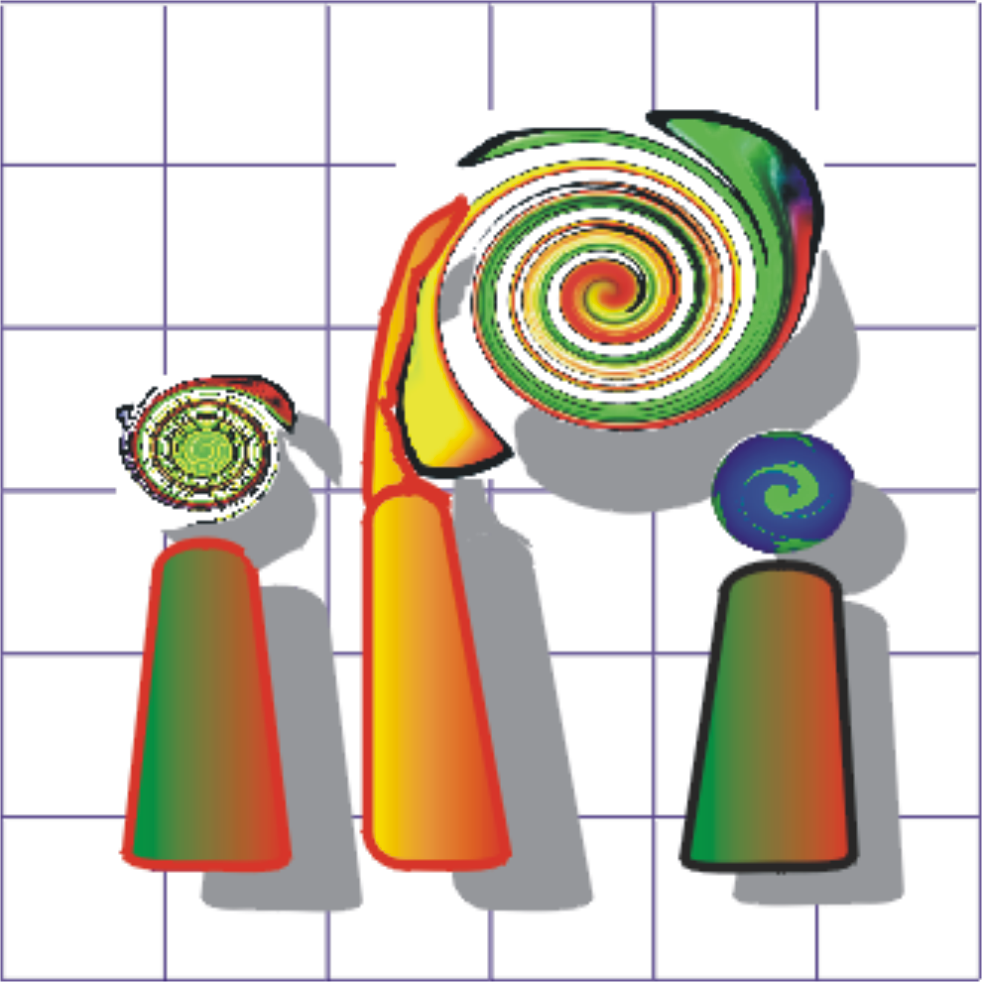Deep Learning techniques applied to Brazilian Savanna (Cerrado) physiognomies mapping

| Team: | A.K. Neves, C. Heipke |
| Jahr: | 2019 |
| Laufzeit: | June - December 2019 |
| Ist abgeschlossen: | ja |
Project partner: Brazilian National Institute for Space Research (INPE)
Motivation
The Brazilian Savanna, known as Cerrado, is the second largest Brazilian biome and occupies an area of 24% of the Brazilian territory. Cerrado is considered one of the 35 hotspots for biodiversity conservation on a global scale (Mittermeier et al., 2011). It has a flora with more than 12 thousand species, of which 40% are endemic. An accurate mapping of Cerrado vegetation is an essential task for assessing biodiversity and improving estimation of Carbon storage. Large-scale mapping of the Cerrado vegetation using remote sensing images is still a challenge, due to the high spatial variability and spectral similarity between its vegetation types, called physiognomies. According to the classification legend proposed by Ribeiro and Walter (2008), there are 25 physiognomies, 14 of them can be seen in Figure 1. They vary in structure, density and biomass and can be grouped into three major natural formations: Grasslands, Savannas and Forests.
Therefore, physiognomies can be distinguished hierarchically: the identification of the major natural formation in a first level of classification can improve the identification of more detailed physiognomies (e.g. Shrub Savanna and Shrub Grassland). Nevertheless, the hierarchical structure of this legend is not being explored in remote sensing approaches. Currently, papers that intended to map the Cerrado physiognomies applied conventional techniques of Machine Learning (e.g., Random Forest and Decision Trees). In recent years, Deep Learning techniques have thrived and obtained better results than those obtained with traditional techniques in various areas of knowledge, including the Remote Sensing field.
Goal
The purpose of this project is to evaluate the performance of Deep Learning techniques for the hierarchical classification of the physiognomies of the Cerrado biome, according to the legend proposed by Ribeiro and Walter (2008). The study area is the Brasilia National Park (Federal District, Brazil) and a WorldView-2 image is being used.
References
R. A. Mittermeier, W. R. Turner, F. W. Larsen, T. M. Brooks, and C. Gascon: “Global biodiversity conservation: the critical role of hotspots,” in Biodiversity hotspots, pp. 3–22. Springer, 2011.
J. F. Ribeiro and B. M. T. Walter: “As principais fitofisionomias do bioma cerrado,” Embrapa Cerrados - Capítulo em livro científico (ALICE), 2008.
MMA – MISTÉRIO DO MEIO AMBIENTE: Brazil’s Forest Reference Emission Level for Reducing Emissions from Deforestation in the Cerrado biome for Results-based Payments for REDD+ under the United Nations Framework Convention on Climate Change. 2017


